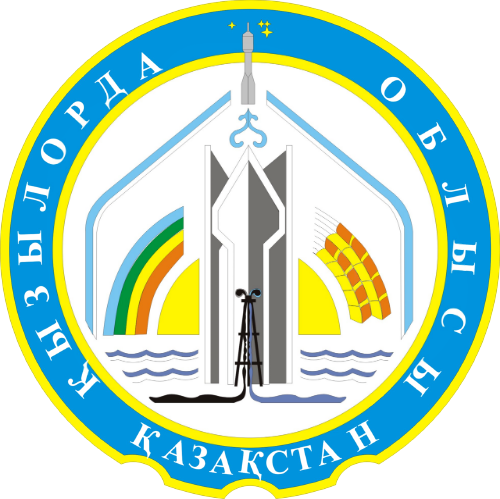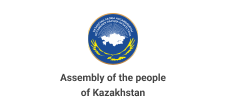Information about the region
Information about the region
Kyzylorda region is located in the south of the Republic of Kazakhstan. It borders in the north with Ulytau, in the northwest with Aktobe regions, in the southwest and south with the Republic of Uzbekistan, in the east - with the Turkestan region.
The region was formed on January 15, 1938. The administrative center is the city of Kyzylorda.
Square
251 971 sq. km.
Neighboring regions and countries:
- in the north - Aktobe
- in the east - Turkestan
- in the west - Karakalpakstan
- in the south - Uzbekistan
Climatic conditions
- Sharply continental and extremely arid with long hot and dry summers and relatively warm, short and little snow winters.
Geographical data
The region is located to the east of the Aral Sea in the lower reaches of the Syrdarya River, mainly within the Turan lowland (altitude 50-200 m). On the left bank of the Syr Darya there are vast expanses of hilly-ridge sands of the Kyzylkums, cut through by dry channels of the Zhanadarya and Kuandarya; on the right bank there are hills (Egizkara, 288 m), areas of sand (Aryskum, etc.), shallow basins occupied by salt marshes. In the north there are arrays of bumpy sands (Small Badgers and Aral Karakum). In the extreme south-east, the north-western spurs of the Karatau ridge (height up to 1419 m) enter the boundaries of the Kyzylorda region.
The north-eastern half of the Aral Sea is part of the Kyzylorda region. The only major river is the Syr Darya, which flows through the central part of the region from the south-east to the north-west for about 1 thousand km, with a very winding channel, many channels and branches and an extensive swampy delta. Dams were built along the banks of the river to protect against floods; in 1956, the Kzyl-Orda Dam was built on the Syrdarya River; in 1958, the river waters were passed along the Zhanadarya riverbed to irrigate fields and water pastures.
There are many salt lakes (Zhaksykylysh, Kamyslybas, Arys, etc.), which often dry out by summer; in the Kupek and Teresken lakes there are therapeutic mud. In the north-east, the lower reaches of the Sarysu River enter the borders of the Kyzylorda region.
A significant part of the territory is occupied by sands, almost devoid of vegetation; sagebrush-type, solyanka vegetation grows on fixed sands, and in spring ephemeral vegetation on brown and gray sandy loam and saline soils; in depressions among the sands grow astragalus, juzguns, types of wheatgrass. The bumpy sands are anchored by white saxaul, tamarisk, teresken, biyurgun, wormwood. In the floodplain of the Syr Darya — alluvial meadow, often saline soils, covered with meadow vegetation with rare tugai forests and shrubs (willows, turanga and loch), in the delta and along the banks — extensive thickets of reeds. There are many predatory (korsak fox, wolf, etc.) and ungulate (saiga) animals in the desert, as well as rodents, birds (grouse, etc.), muskrat is acclimatized in the Syr Darya delta.
About the Region
Kyzylorda region administratively consists of 7 districts and the city of regional significance Kyzylorda.
Aral region, center - the city of Aralsk;
Zhalagash district, center - the village of Zhalagash;
Zhanakorgan district, center - Zhanakorgan settlement;
Kazalinsky district, center - the village of Aiteke-Bi;
Karmakshy district, center - the village of Zhosaly;
Syrdarya region, center - Terenozek settlement;
Shieli district, center - the village of Shieli.;
Also located in the region
On the territory of the region there is a city of republican subordination - Baikonyr.
Population 845 581
(November, 2024)
GRP 106,9%
(January-March 2024 compared to 2023)
Inflation 8,0%
(November, 2024 (annual))
Average monthly salary $740
(For Q2 2024)
Gross inflow of direct investments 73,9
($ million for Q1 2024)
Trade turnover 822,3
($ million for January-September 2024)
*Excluding small businesses engaged in entrepreneurial activities.

























